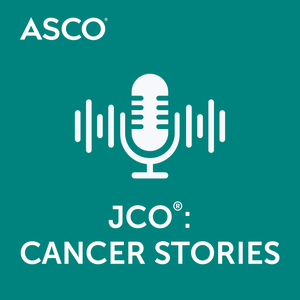
Cancer Stories: The Art of Oncology
American Society of Clinical Oncology (ASCO)
All episodes
Best episodes
Top 10 Cancer Stories: The Art of Oncology Episodes
Goodpods has curated a list of the 10 best Cancer Stories: The Art of Oncology episodes, ranked by the number of listens and likes each episode have garnered from our listeners. If you are listening to Cancer Stories: The Art of Oncology for the first time, there's no better place to start than with one of these standout episodes. If you are a fan of the show, vote for your favorite Cancer Stories: The Art of Oncology episode by adding your comments to the episode page.
No results found...
FAQ
How many episodes does Cancer Stories: The Art of Oncology have?
Cancer Stories: The Art of Oncology currently has 98 episodes available.
What topics does Cancer Stories: The Art of Oncology cover?
The podcast is about Health & Fitness, Medicine, Podcasts and Science.
What is the most popular episode on Cancer Stories: The Art of Oncology?
The episode title 'Compassion and Compassionate Use, by David J. Einstein' is the most popular.
What is the average episode length on Cancer Stories: The Art of Oncology?
The average episode length on Cancer Stories: The Art of Oncology is 28 minutes.
How often are episodes of Cancer Stories: The Art of Oncology released?
Episodes of Cancer Stories: The Art of Oncology are typically released every 15 days, 5 hours.
When was the first episode of Cancer Stories: The Art of Oncology?
The first episode of Cancer Stories: The Art of Oncology was released on Feb 14, 2017.
Show more FAQ

Show more FAQ
Comments
0.0
out of 5
No ratings yet